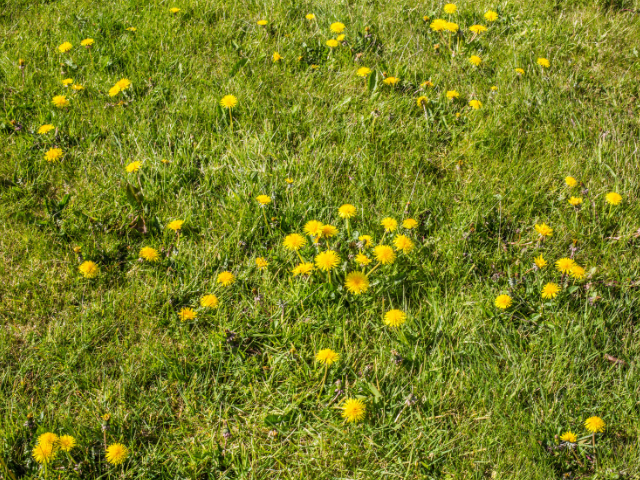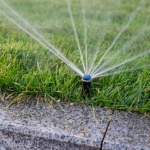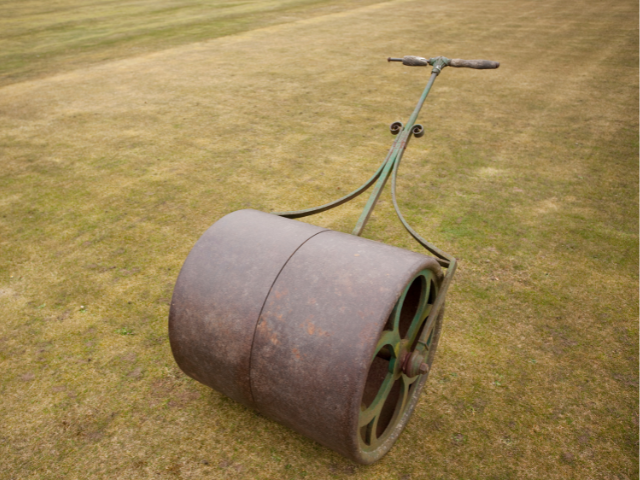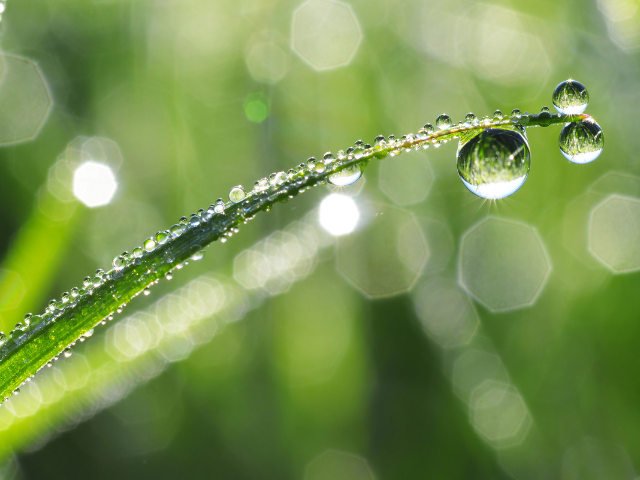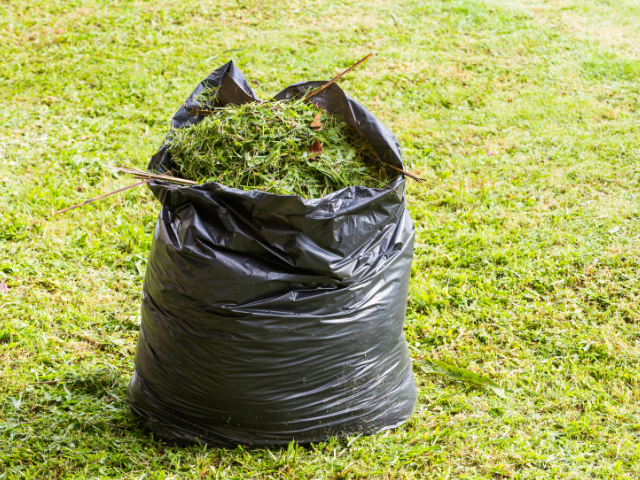Weed control in lawns is important for the health of the grass and the appearance of your yard. Weeds can compete with grass for water, nutrients, and sunlight, which can lead to a thinner lawn. Additionally, some weeds produce chemicals that can be harmful to people or pets.
Types of Weed Killers
There are two main types of weed killers: contact and systemic. Contact weed killers, also called burnout herbicides, kill the parts of the plant they touch but don’t travel through the plant to kill other parts. Systemic herbicides are absorbed by the plant and then spread throughout, killing the entire plant. Which type you use will depend on the type of weeds you’re trying to control and whether or not you want to kill the entire plant.
Spot Treatment or Than Broadcast Application
Weed control in lawns can be achieved through either spot treatment or broadcast application. Spot treatment is the process of targeting and treating specific areas of the lawn that are infested with weeds. Broadcast application, on the other hand, involves treating the entire lawn with a weed control product.
There are advantages and disadvantages to both methods of weed control. Spot treatment is more targeted and efficient, but it can be more difficult to achieve complete coverage of the lawn. Broadcast application is less targeted, but it is easier to achieve complete coverage.
Alternative Non-Chemical Remedies
In addition to chemical herbicides, there are several alternatives, non-chemical methods that can be used to control lawn weeds. These include physical removal, solarization, and smothering.
Physical removal, also known as hand-weeding, is the most labor-intensive method of weed control, but it is also the most effective. Hand-weeding is best done when the weeds are small and actively growing. Larger weeds can be removed, but it will take more effort.
Solarization is the process of using the sun’s heat to kill weeds. It involves covering the area with clear plastic for several weeks during the summer. The heat generated by the sun will kill both the weeds and their seeds.
Smothering is the process of using organic material to kill weeds. Common materials used for smothering include newspaper and black plastic. The material must be thick enough to block out the light.
Common Lawn Weeds
There are many different types of weeds, but they can broadly be classified into two groups: annuals and perennials. Annuals complete their life cycle in one year, while perennials can live for several years.
Annual weeds are often easier to control because they can be killed before they produce seeds. Perennial weeds may require more aggressive treatment because they come back year after year and spread via underground root systems.
Some common annual weeds include:
- Crabgrass
- Foxtail
- Goosefoot
- Pigweed
- Purslane
- Redroot pigweed
- Sandspurry
- Spurge
- Witchgrass
Perennial weeds include:
- Dandelion
- Plantain
- Buckthorn
- Thistle
- Ground ivy
- Yellow dock
FAQs About How to Control Lawn Weeds
What is the most effective way to control the growth of the weeds?
Weeds can quickly take over a lawn if they are not controlled. There are many different ways to control weeds on your lawn. You can use chemical herbicides, mechanical methods, or cultural methods.
Chemical herbicides are the most common method used to control weeds. You can either spot treat the weeds or do a broadcast application. Spot treatment is when you only spray the herbicide on the weeds that you can see. Broadcast application is when you treat the entire lawn
with herbicide.
Alternative non-chemical remedies include using mulch, corn gluten meal, and vinegar.
Why weeds should be controlled?
Weeds are not only unsightly, but they can also be harmful to your lawn. They compete with your grass for water, nutrients, and sunlight, which can result in a patchy, unhealthy lawn. Weeds also provide a place for pests and diseases to hide and thrive.
Why is it difficult to control weeds?
Weeds are difficult to control for a number of reasons. One reason is that they often times have a very deep root system. This deep root system allows them to access water and nutrients that grasses cannot. Additionally, many weeds produce a large number of seeds. One plant can produce hundreds or even thousands of seeds that can then go on to create new plants. Weeds also have the ability to spread quickly and easily through vegetative means. Pieces of the plant can break off and create new plants elsewhere.
